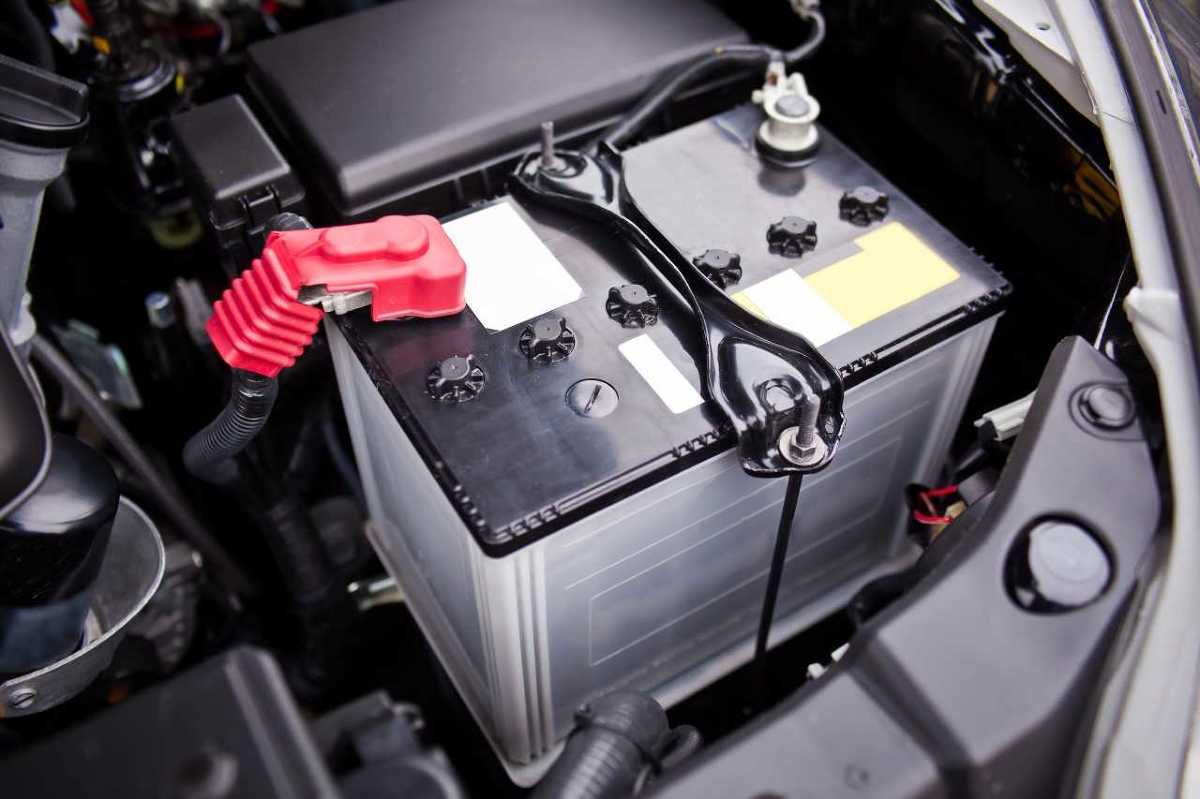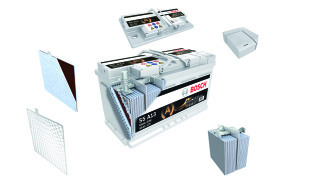
battery in summer. It can be troublesome this time of year too
 We are used to the fact that problems with the battery occur in winter, when the battery capacity drops sharply due to frost. It is then that we often hear the wheezing of starters and see attempts to start “on the ropes”. However, it is worth remembering that it is likely that the battery is discharged after a longer parking period at this time of the year. Why is this happening and how to deal with it?
We are used to the fact that problems with the battery occur in winter, when the battery capacity drops sharply due to frost. It is then that we often hear the wheezing of starters and see attempts to start “on the ropes”. However, it is worth remembering that it is likely that the battery is discharged after a longer parking period at this time of the year. Why is this happening and how to deal with it?
 Before answering this question, it is worth paying attention to the design of a serviceable and maintenance-free battery. The 12-volt battery used in a car is a type of galvanic cell that can be reused and recharged with electric current. Every battery used in a car is made up of the same components, and only the manufacturing techniques used and their dimensions determine the appearance of the battery, its capacity and purpose for a given car model. These identical building blocks are:
Before answering this question, it is worth paying attention to the design of a serviceable and maintenance-free battery. The 12-volt battery used in a car is a type of galvanic cell that can be reused and recharged with electric current. Every battery used in a car is made up of the same components, and only the manufacturing techniques used and their dimensions determine the appearance of the battery, its capacity and purpose for a given car model. These identical building blocks are:
- six separate, but interconnected cells with a voltage of 2,1 V each;
- a housing, the purpose of which is to contain sets of plates and provide the possibility of their permanent installation in a car;
– cells, i.e. a set of connected positive and negative plates separated by separators;
– separators, i.e. elements that prevent contact between negative and positive plates (lack of a separator will lead to contact between the plates, which will lead to a short circuit);
– gratings, i.e. elements used in both positive and negative plates, acting as a structural frame and conductor of electric current;
– electrolyte, i.e. a sulfuric acid solution placed in a housing in which the positive and negative plates are immersed. Its task is to activate the active material of the plates and conduct electricity between them.
See also: driver's license. Category B and trailer towing
The operation of the primary battery is a chemical reaction between the plates immersed in the electrolyte and the electrolyte, which results in the accumulation or discharge of electrical charges. When the current is reset, the electrolyte liquefies, because, to put it very conditionally and figuratively, sulfuric acid "leaks" into the plates. When the battery is charged, the acid is "thrown" into the electrolyte.
See also: How to care for the battery?
Thus, the electrolyte is a factor that works constantly, and, in addition, is subject to physical phenomena such as evaporation, and this is a working factor that must be controlled.
In older battery solutions (service options), it was customary to add electrolyte by pouring distilled water into each cell after unscrewing the plugs that close the cell. Maintenance-free batteries are the most commonly used today. However, this does not mean that it is impossible to control and possibly replenish the electrolyte. Although they do not have plugs that open access to the cells, as in service versions, you need to remove the cover to add fluid. After removing it, we have access to all channels. To avoid frequent such actions, there is a characteristic eye on the case that shows the state of charge of the battery. The color of the ear should be compared with the legend, and if the battery is low, you can start checking the amount of electrolyte and charging.
